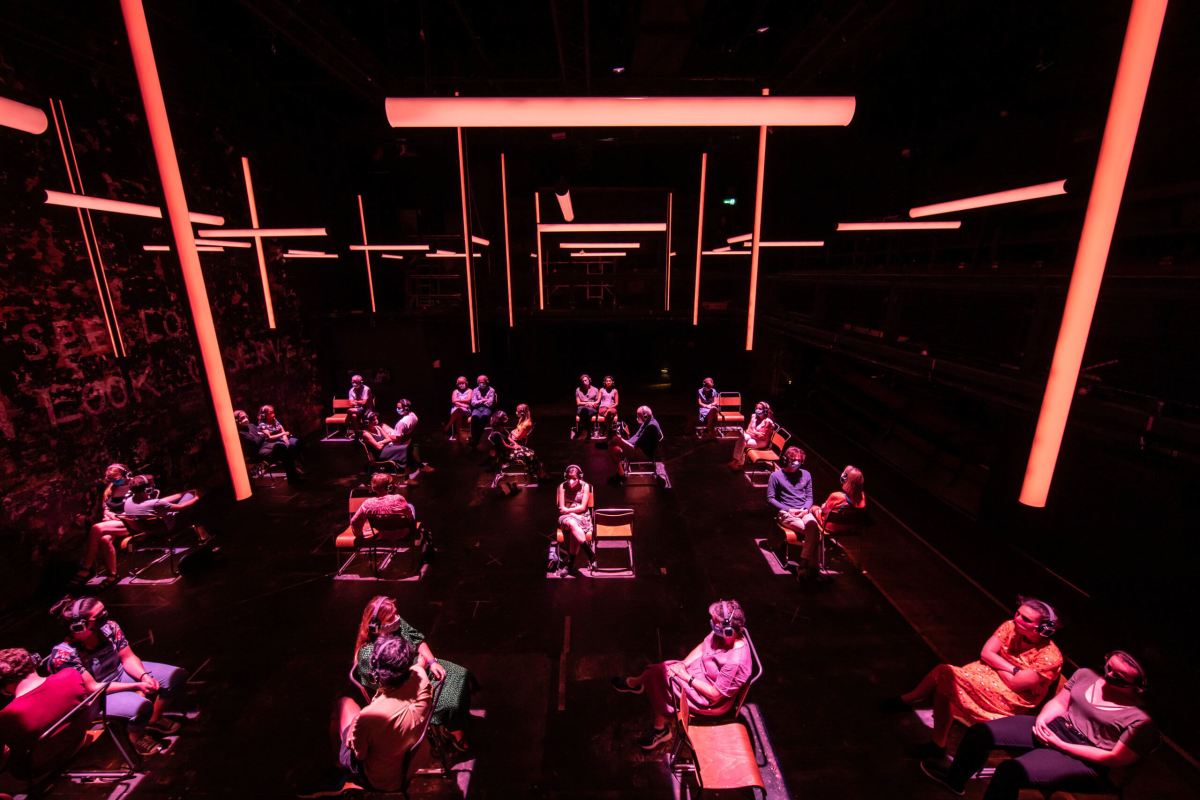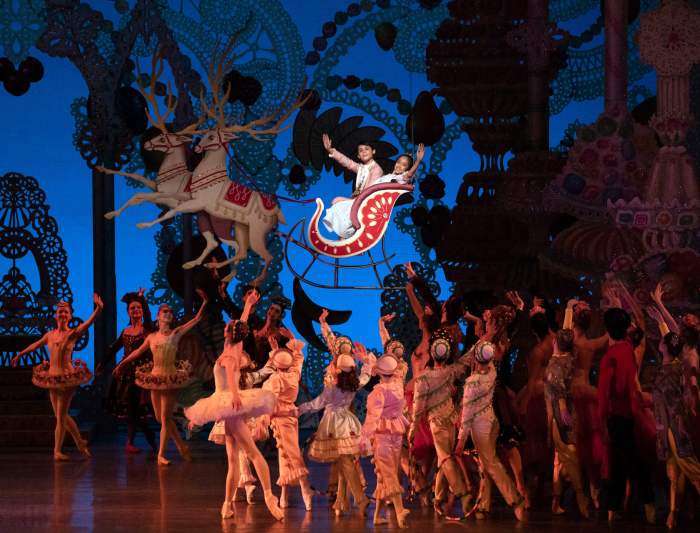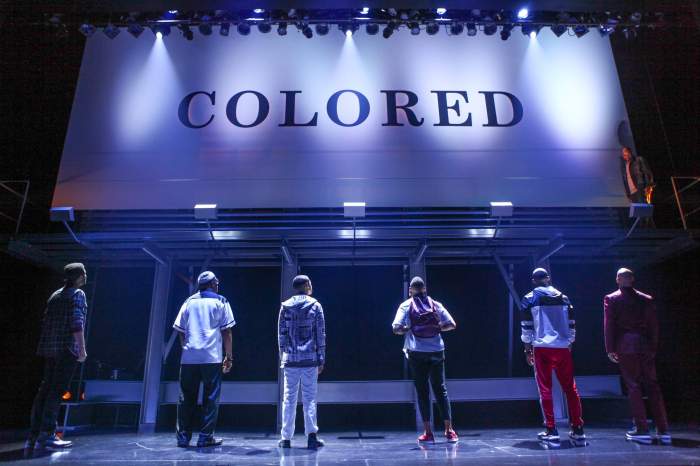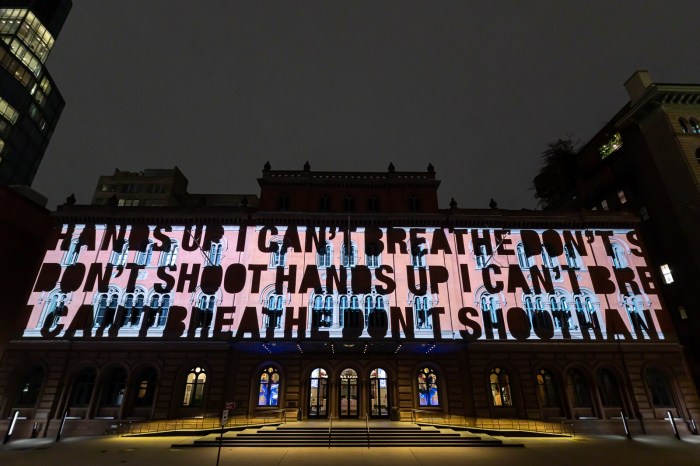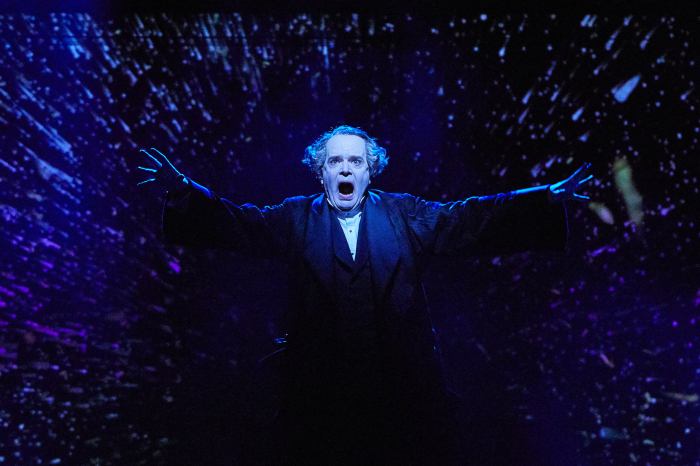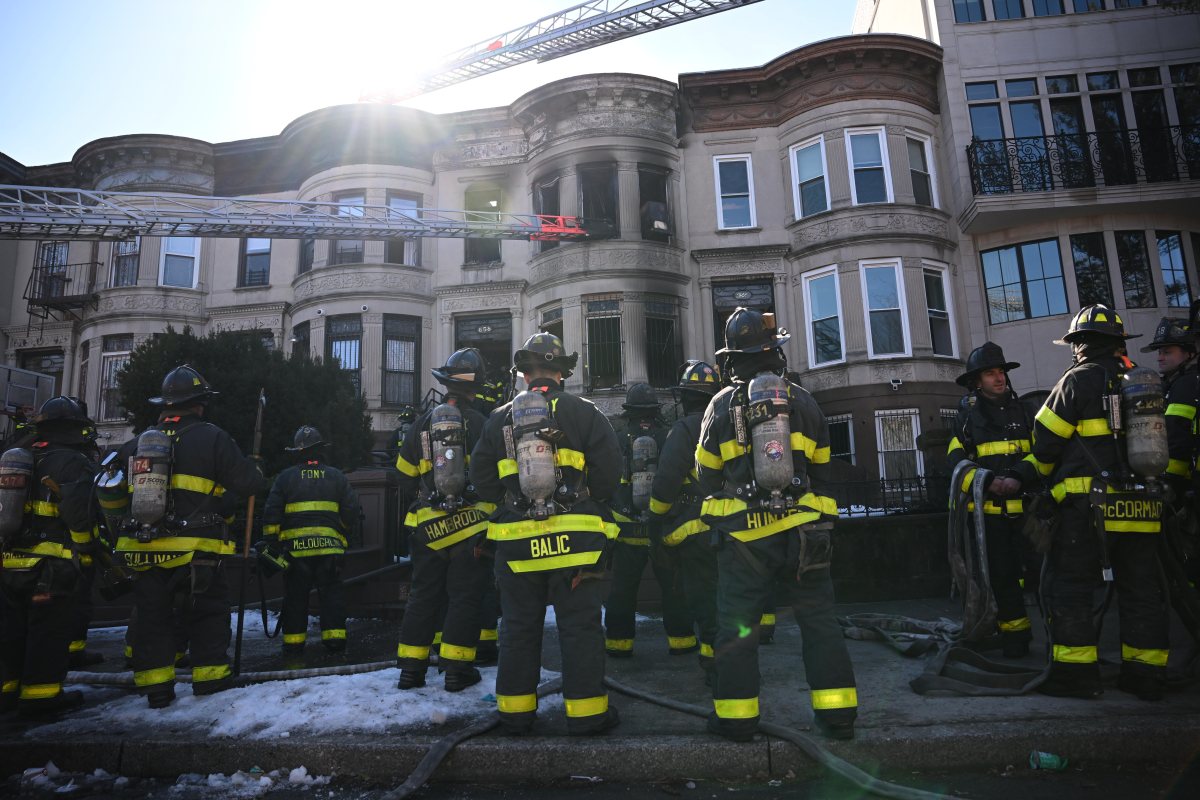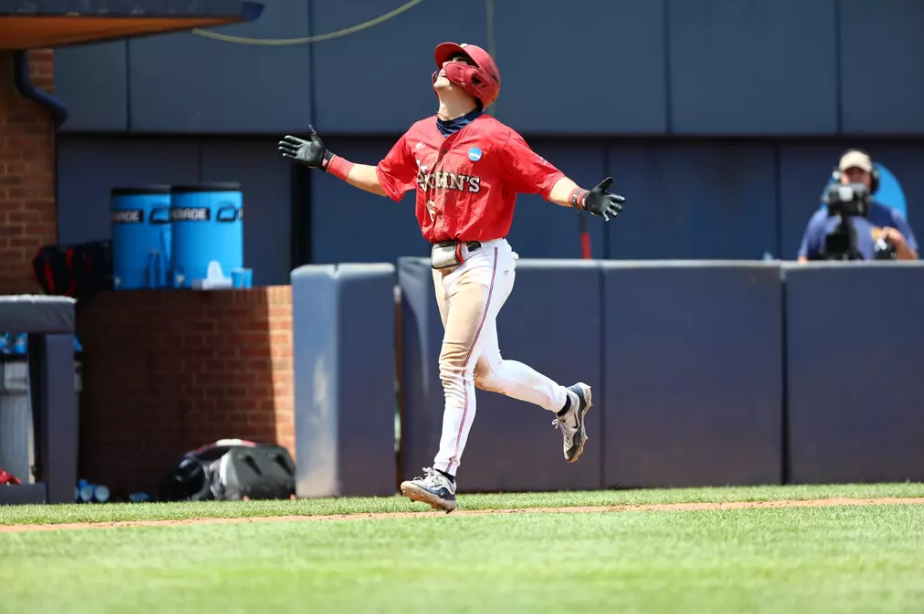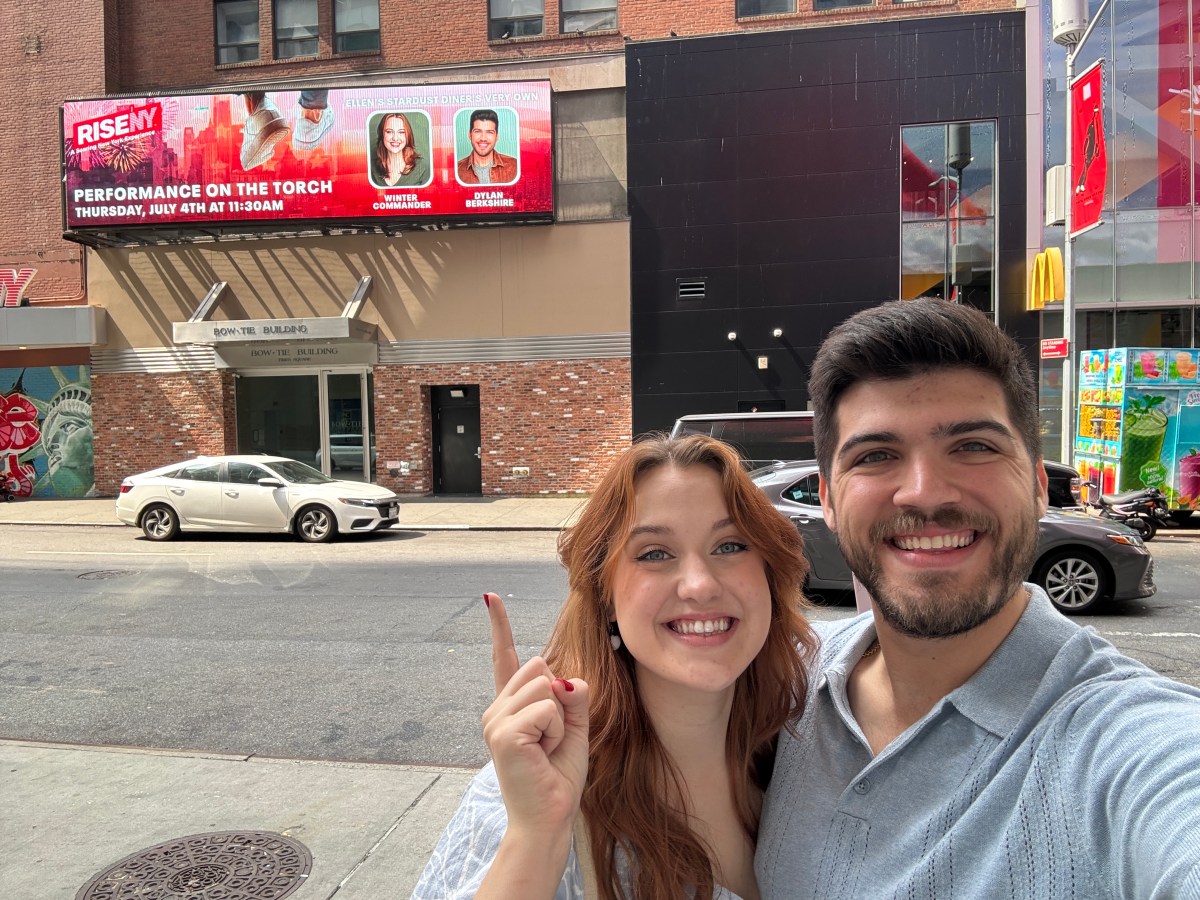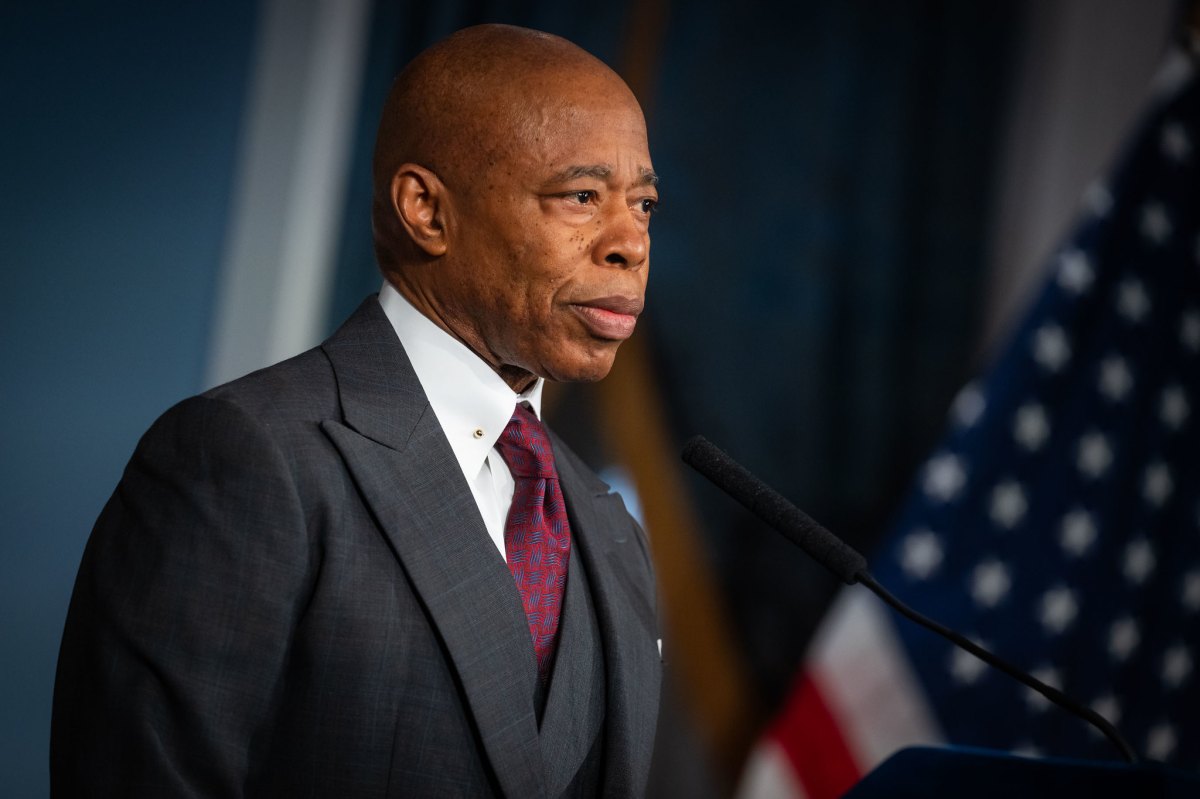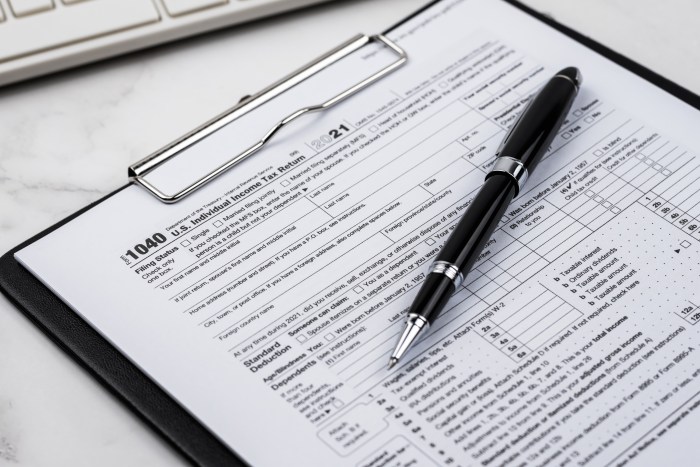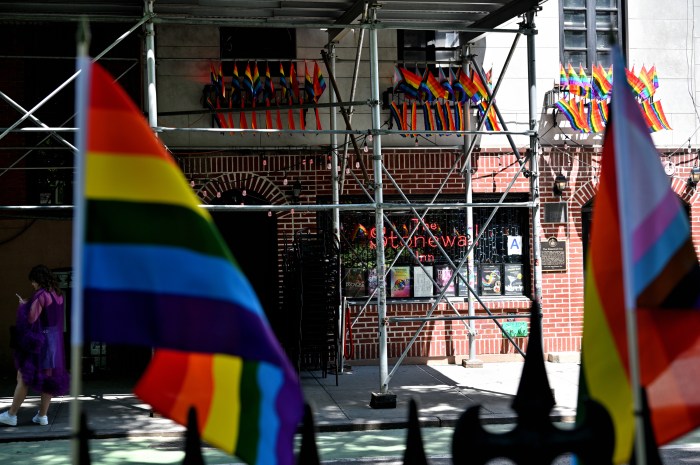Savion Glover and Nathan Lane doing solo turns on a bare Broadway stage for a small crowd of frontline workers. Mike Daisey performing a monologue in the East Village for a 22-person fully vaccinated audience. An Off-Broadway show with prerecorded narration and no actors.
This is how live theater finally returned–at least in an extremely limited and muted capacity–to New York City last weekend following a yearlong shutdown due to the pandemic. On Friday, April 2, performing arts venues were officially permitted to reopen their doors – but only at 33 percent capacity, with up to 100 people indoors and 200 people outdoors, though those limits increase to 150 people indoors and 500 people outdoors “if all attendees present proof of completed vaccination or recent negative test result prior to entry.”
The expansive New York theater landscape as we knew it prior to the pandemic–including Broadway, Off-Broadway, Off-Off-Broadway, and everything in between–will not return until theaters can reopen at full capacity (nothing less will work financially), audiences (be it locals or tourists) feel comfortable returning to packed theaters and the various unions representing theater artists find that their members can safely return to work.
The current hope is that theaters will slowly reopen at full capacity beginning in the fall. Until then, there will be some “baby steps” aimed at slowly and carefully bringing live theater back into the community, including, most notably, the return of Shakespeare in the Park this summer.
On Friday, I marked the official return of New York theater by attending the first public performance of “Blindness,” the first Off-Broadway show to be produced since the shutdown, at the Daryl Roth Theatre in Union Square. Mayor Bill De Blasio was even on hand for the occasion.
Upon entering, I (along with the other mask-wearing audience members) filled out a health questionnaire, had my temperature taken, was informed I could not leave my seat or use a restroom during the performance and got led to a socially-distanced two-seat pod (tickets can be purchased only in pairs).
Adapted from Portuguese author José Saramago’s 1995 disturbing and dystopian novel, “Blindness” (which originated at London’s Donmar Warehouse last summer) depicts a different kind of epidemic, where a city’s inhabitants, one by one, mysteriously go blind, leading to total chaos and a fight for survival.
“Blindness” is performed without actors. Audience members listen via binaural headphones to a 70-minute audiobook adaptation of the novel (narrated by English actress Juliet Stevenson) that is accompanied by immersive lighting and sound effects. Hence, “Blindness” is not really a play but a mix of monologue, multisensory experience and atmospheric design.
Had I attended “Blindness” prior to the pandemic, I might have written it off as an overpriced podcast. To a large extent, I still feel that way – but I am nevertheless incredibly grateful for the fact that something–really anything–is being professionally produced in an Off-Broadway theater, and to be back in an Off-Broadway theater.
Even if “Blindness” lacks live performance, it brings together a live audience. And while that audience may be relatively isolated, sitting in scattered pods and listening by headphones, it nevertheless comes together, under one roof, to attend and become part of a shared theatrical experience. With that in mind, “Blindness” is an important step forward in the rebuilding of New York theater, with bigger and better shows ahead.
“Blindness” plays an open run at the Daryl Roth Theatre, 101 East 15th St., blindnessevent.com.



